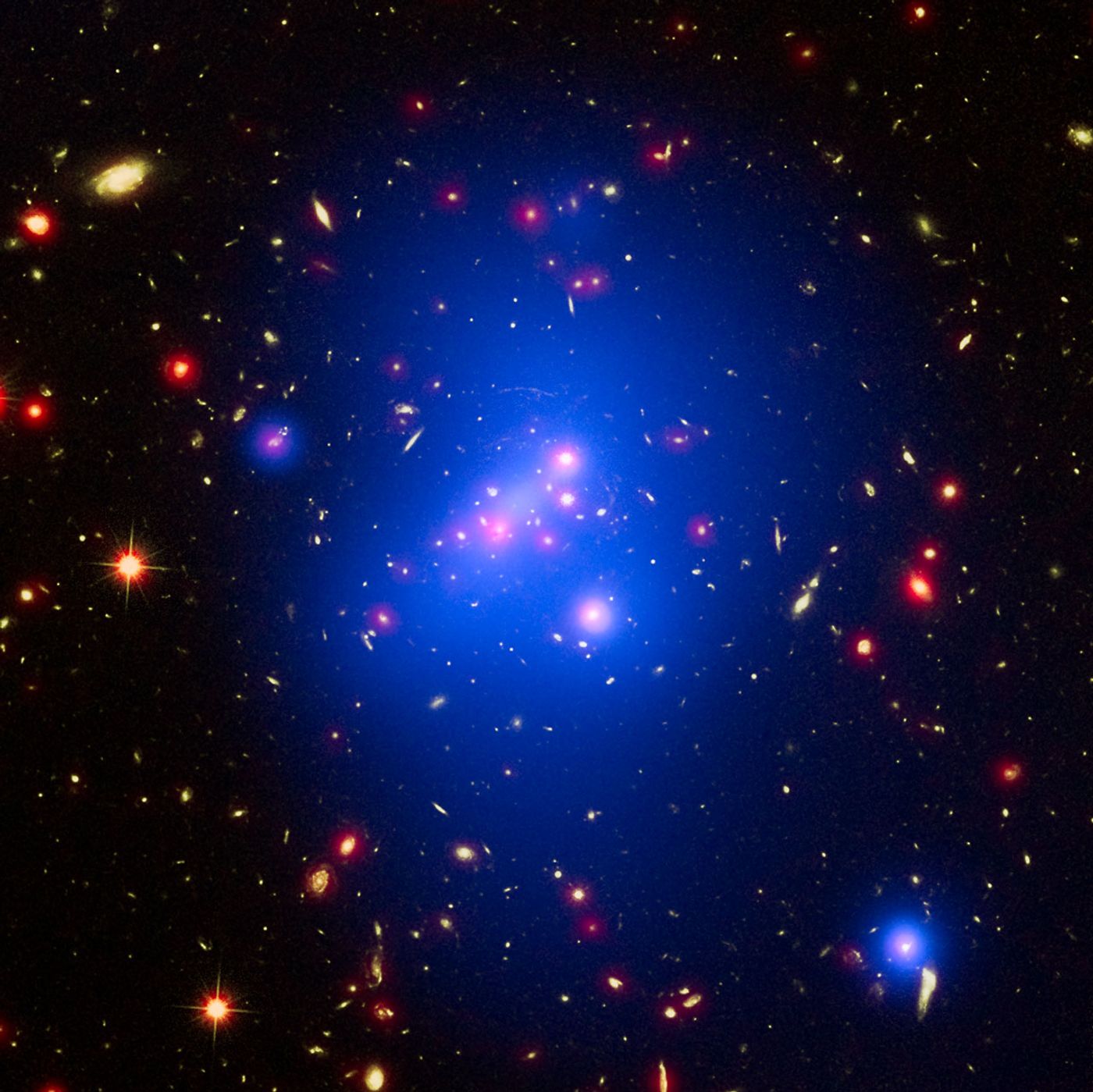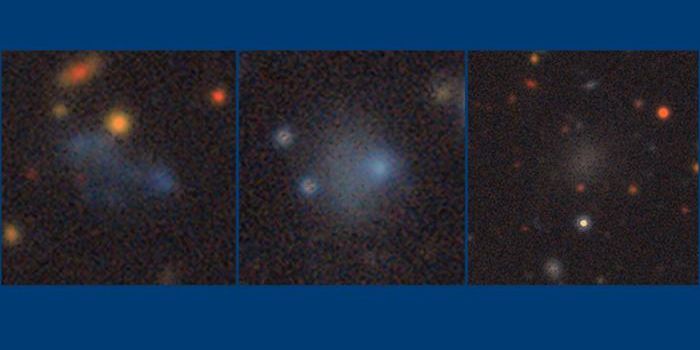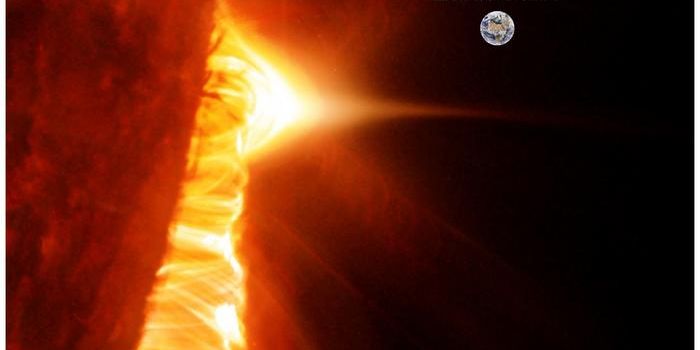Astronomers Find Evidence for Iron in the Early Universe
While attempting to learn more about the history of the early universe, astronomers studied the metallicity distribution of the hot gasses in between galaxy clusters with Japan’s Suzaku X-ray satellite only to find some surprising results.
Image Credit: ESA/Hubble
The researchers report their findings in the Monthly Notices of the Royal Astronomical Society, noting that the range of metals were more evenly distributed than they were expecting to find. This has its implications for the conditions surrounding the early universe.
First and foremost, the findings hint that the metals found were distributed long before the galaxy clusters ever formed. Galaxy clusters themselves are known for producing their fair share of elements, so finding iron inside of the galaxy clusters wouldn’t have been very surprising; but since it was found outside the galaxy clusters, this tells an interesting story.
Related: Hubble spies two galaxy clusters colliding with one another
Heavier elements are produced during thermonuclear fusion, which is what keeps stars like our Sun going. They continue to do this until the fuel (helium and hydrogen) is fully depleted. Iron and other heavy metallic elements are produced as a byproduct of fusion.
Stars, like everything else, die. When a star's time comes, it goes supernova, an explosion are so powerful that it ejects iron and other metallic byproducts far into space, and this leaves a footprint that astronomers can continue to trace today.
If most of these supernovae were recent, we would expect to see the iron and other metallic elements coagulating in specific regions of the cluster relating to the position of those supernovae.
"If these elements were produced relatively recently, astronomically speaking, then we would expect a different concentration of iron from cluster to cluster. The fact that the distribution of iron appears so homogeneous, indicates that it has been produced by some of the first stars and galaxies that formed after the big bang," study lead author Ondrej Urban explained.
The astronomers instead found an even distribution of homogeneous metals outside of the galaxy clusters, which indicates not only that the iron didn’t come from supernovae inside of the galaxy clusters directly, but also that it was there before they formed; it would’ve taken a lot of time for the matter to settle how it did.
“The fact that the distribution of iron appears so homogeneous indicates that it has been produced by some of the first stars and galaxies that formed after the Big Bang,” he continued.
The researchers note that it's not fully understood how the iron and other metallic elements got where they are today, but that’s really the million-dollar question that needs answering, as it would tell a story about the early universe and its formation following the Big Bang.
Related: Is this galaxy mostly comprised of dark matter?
More research into the galaxy clusters they observed, as well as other galaxy clusters throughout the universe, may help answer some longstanding questions about the early universe that remain to this day. It should also be interesting to find out if iron is as evenly distributed between other galaxy clusters as it was in the one observed in this study.
Source: Phys.org









